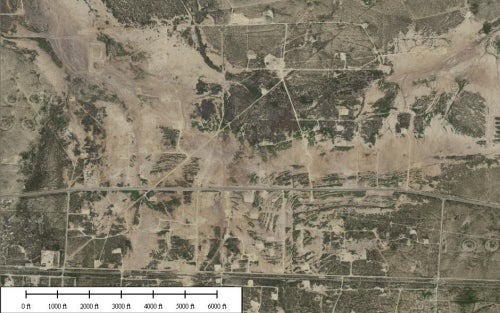After passing the State Assembly Appropriations committee on Wednesday, a little known bill – SB 1441 – is headed for the assembly floor, which is slated to deliver big benefits for consumers and the environment. Not only will the bill create a strong market driver for utilities to operate tighter infrastructure and save California consumers tens of millions of dollars per year, the simple yet innovative approach it takes can chart a course for curbing methane leaks across the industry.
But first, a little context.
As recent as a couple years ago, non-hazardous natural gas leaks and venting were a commonly accepted occurrence across gas utility infrastructure. As long as a leak or a venting wasn’t likely to ignite, utilities could let it go – with many small persistent leaks lasting for decades. And though it sounds hard to believe, gas utilities continuously collect money from consumers through their gas bills to cover the amount of gas utilities lose, even though they also collect money from those same ratepayers to upgrade pipes. This market design works only to protect utilities – giving them money to fix leaks while also covering them if they don’t. Read More
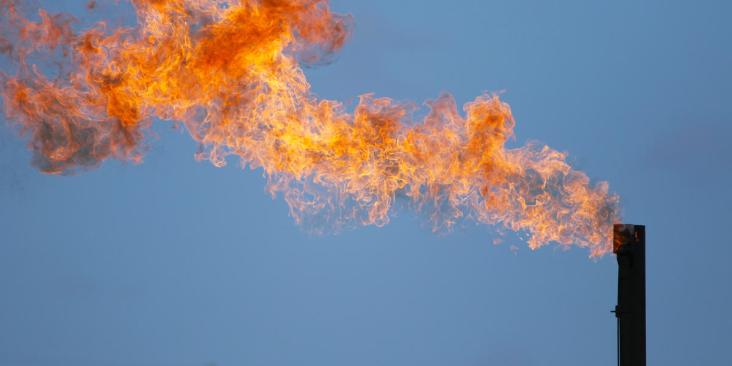
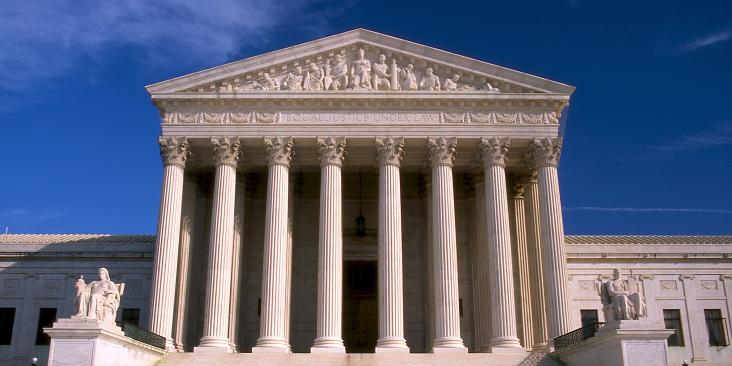






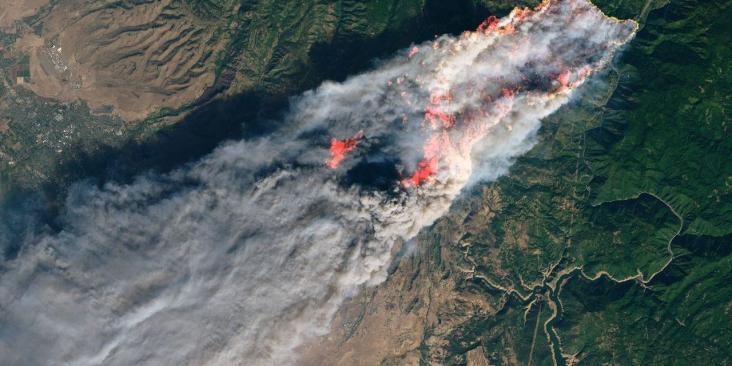

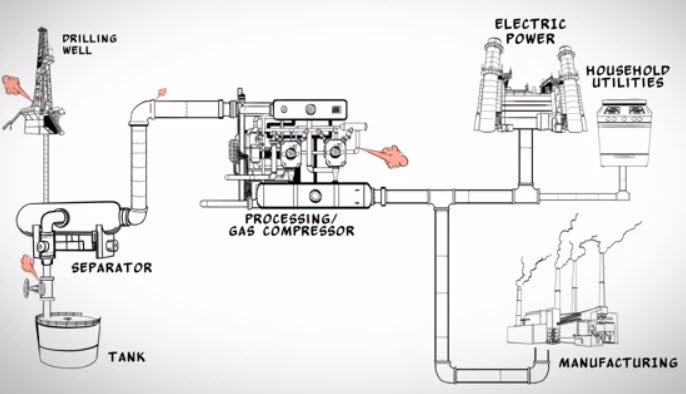
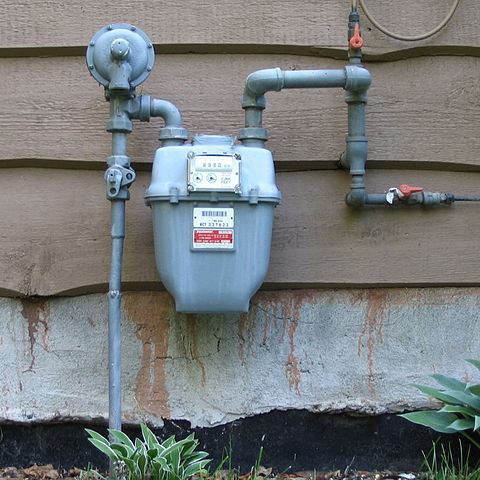 Natural gas is a major source of electricity in the United States. Roughly one-third of the 33 trillion cubic feet of gas produced each year is used to power our homes and businesses. And it’s the gas delivery and transmission industry that ensures these services are delivered nationwide.
Natural gas is a major source of electricity in the United States. Roughly one-third of the 33 trillion cubic feet of gas produced each year is used to power our homes and businesses. And it’s the gas delivery and transmission industry that ensures these services are delivered nationwide.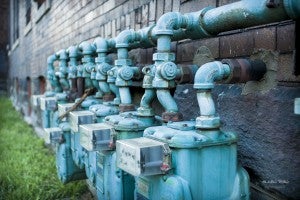 The United States produces approximately 33 trillion cubic feet of natural gas each year. A majority of this gas is converted to electricity at power plants or used for industrial purposes, but about one third ends up making the journey from the well head, through underground pipelines, and into our homes and businesses. How much of this gas gets lost along the way—whether it’s through leaky equipment or other factors—is important because of the
The United States produces approximately 33 trillion cubic feet of natural gas each year. A majority of this gas is converted to electricity at power plants or used for industrial purposes, but about one third ends up making the journey from the well head, through underground pipelines, and into our homes and businesses. How much of this gas gets lost along the way—whether it’s through leaky equipment or other factors—is important because of the 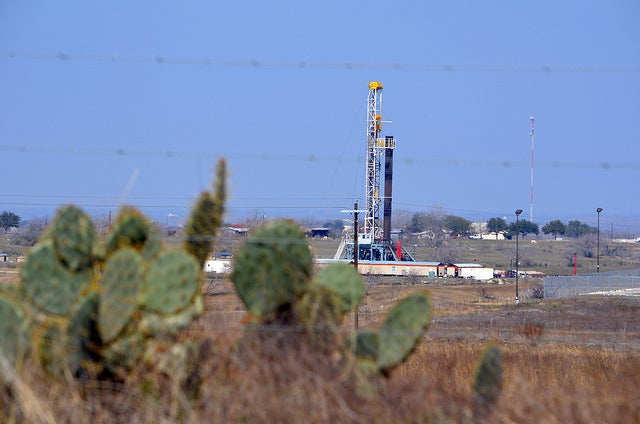 It’s unfortunate that a partisan group of Congressional representatives recently tried to
It’s unfortunate that a partisan group of Congressional representatives recently tried to 